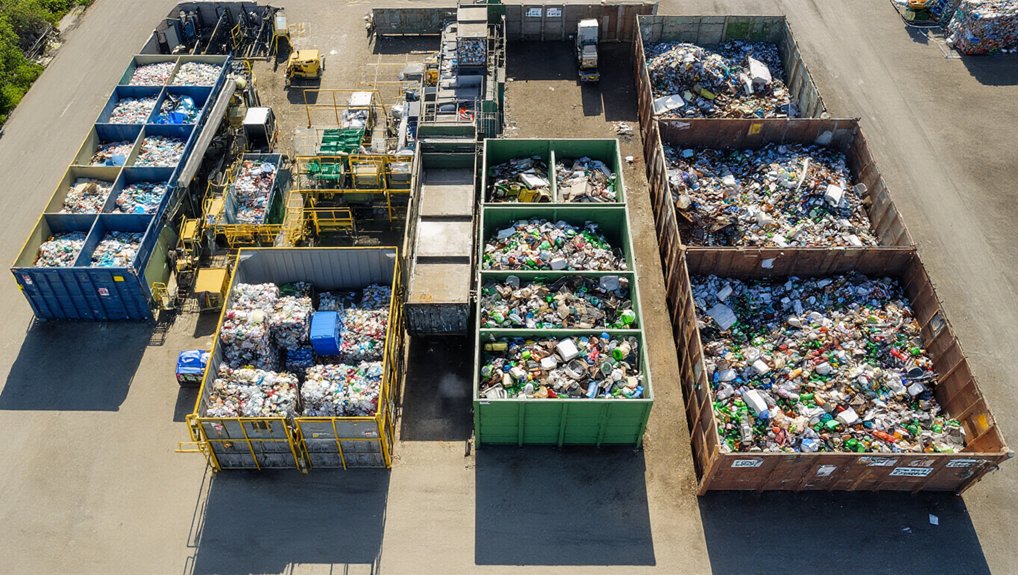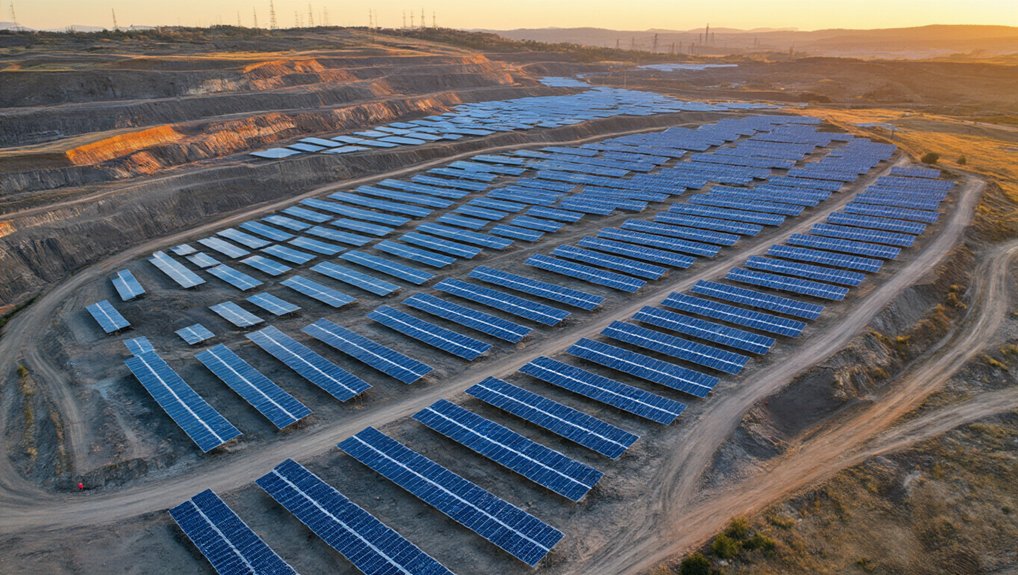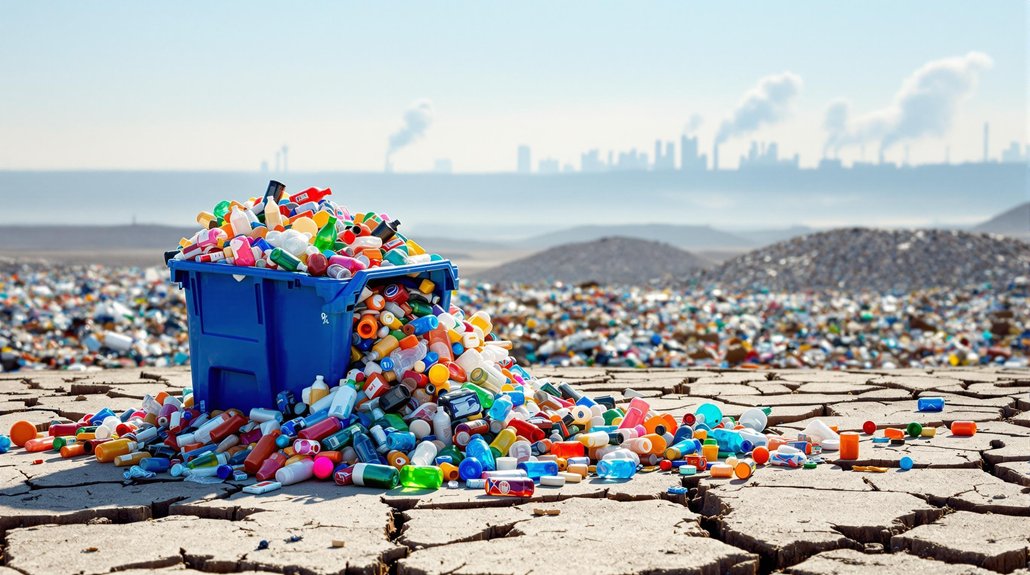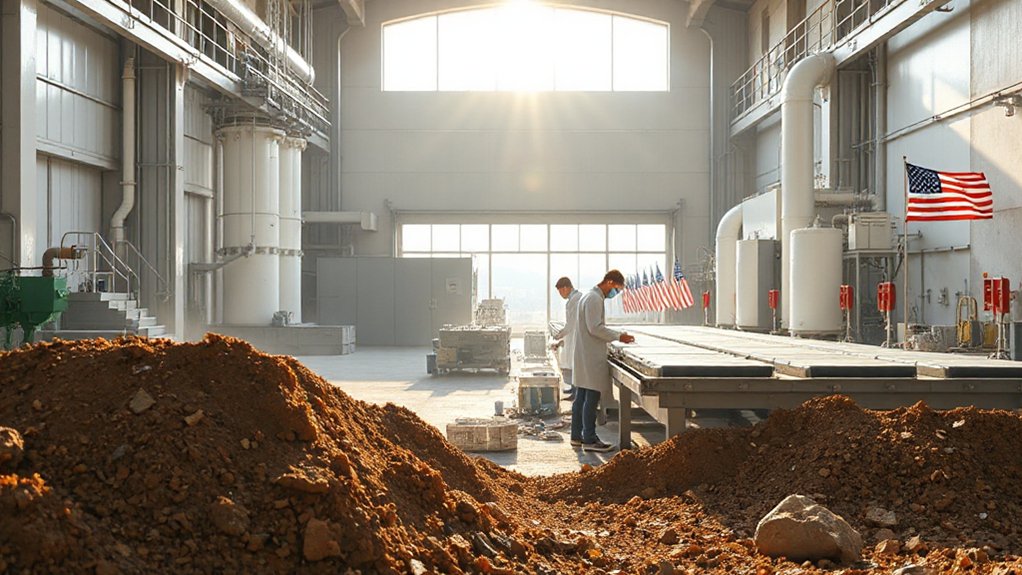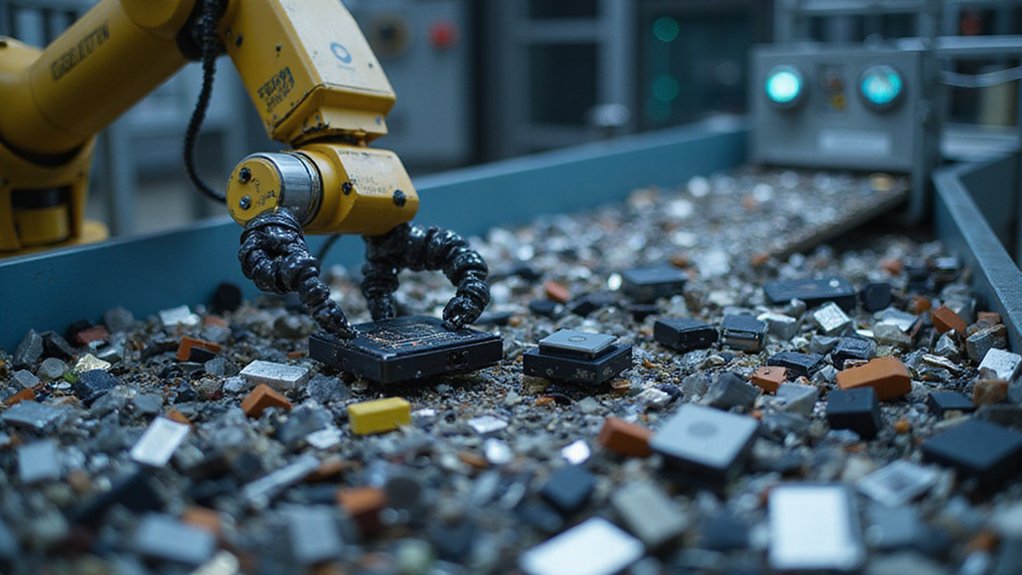Over 24,000 different drink containers are worth a dime in Australia’s refund scheme, but good luck figuring out which ones. Wine bottles? Nope. Milk cartons? Forget it. That random pouch thing your kid drinks from? Maybe. The confusion alone explains why hundreds of millions of eligible containers still end up in Western Australian landfills every year.
24,000 containers eligible for refunds, yet nobody knows which ones actually qualify.
Europe figured this out decades ago. Germany’s system captures over 90% of containers. Norway hits 87%. Meanwhile, the ACT celebrates reaching a whopping 48% redemption rate like they just won Olympic gold. Sure, it’s up 11% from last year, but that still means most containers get tossed.
The numbers tell a depressing story. Western Australia sells 1.4 billion eligible containers annually. Since 2020, they’ve recovered 3 billion total. Do the math. That’s barely half after multiple years of operation. South Australia performs better, processing 660 million containers yearly – about 40,000 tonnes of material. But even their mature system leaves massive gaps.
States can’t even agree on basic rules. Each territory runs its own program with different coverage thresholds and start dates. What counts as eligible in Queensland might not in Victoria. This patchwork approach creates the exact opposite of efficiency. The Northern Territory required Federal Court intervention just to keep their scheme running after beverage manufacturers challenged its legality in 2012.
The economic angle gets worse. That 10-cent refund? It’s just the tip of the iceberg. Administrative costs pile on, making the true expense considerably higher. Western Australia created 800 jobs and built 260 refund points, which sounds great until you realize someone’s paying for all that infrastructure.
Public support remains bizarrely high. Nine out of ten ACT adults back the scheme. Eight out of ten trust it delivers results. Trust what exactly? A system that captures less than half the containers it’s supposed to?
Community groups benefit from donations, and yes, container litter has dropped in participating states. The circular economy gets a boost when materials actually make it back for recycling.
But these silver linings can’t hide the fundamental truth: Australia’s container deposit schemes underperform compared to international standards. Other countries prove higher redemption rates are possible. Australia just hasn’t figured out how to get there.
References
- https://www.australianbeverages.org/wp-content/uploads/2020/11/Making-Cents-An-Economic-Analysis-of-Container-Deposit-Schemes.pdf
- https://www.epa.sa.gov.au/environmental_info/waste_recycling/container_deposit
- https://www.parliament.act.gov.au/__data/assets/pdf_file/0017/2630060/1_ACT-Container-Deposit-Scheme-2023-24-Annual-Statutory-Report.pdf
- https://en.wikipedia.org/wiki/Container_deposit_schemes_in_Australia
- https://www.climateaction.wa.gov.au/initiatives/container-deposit-scheme
